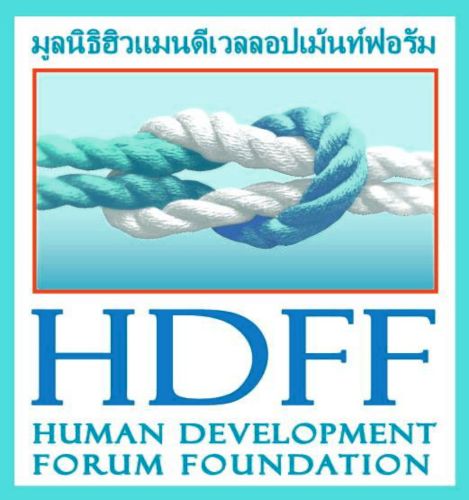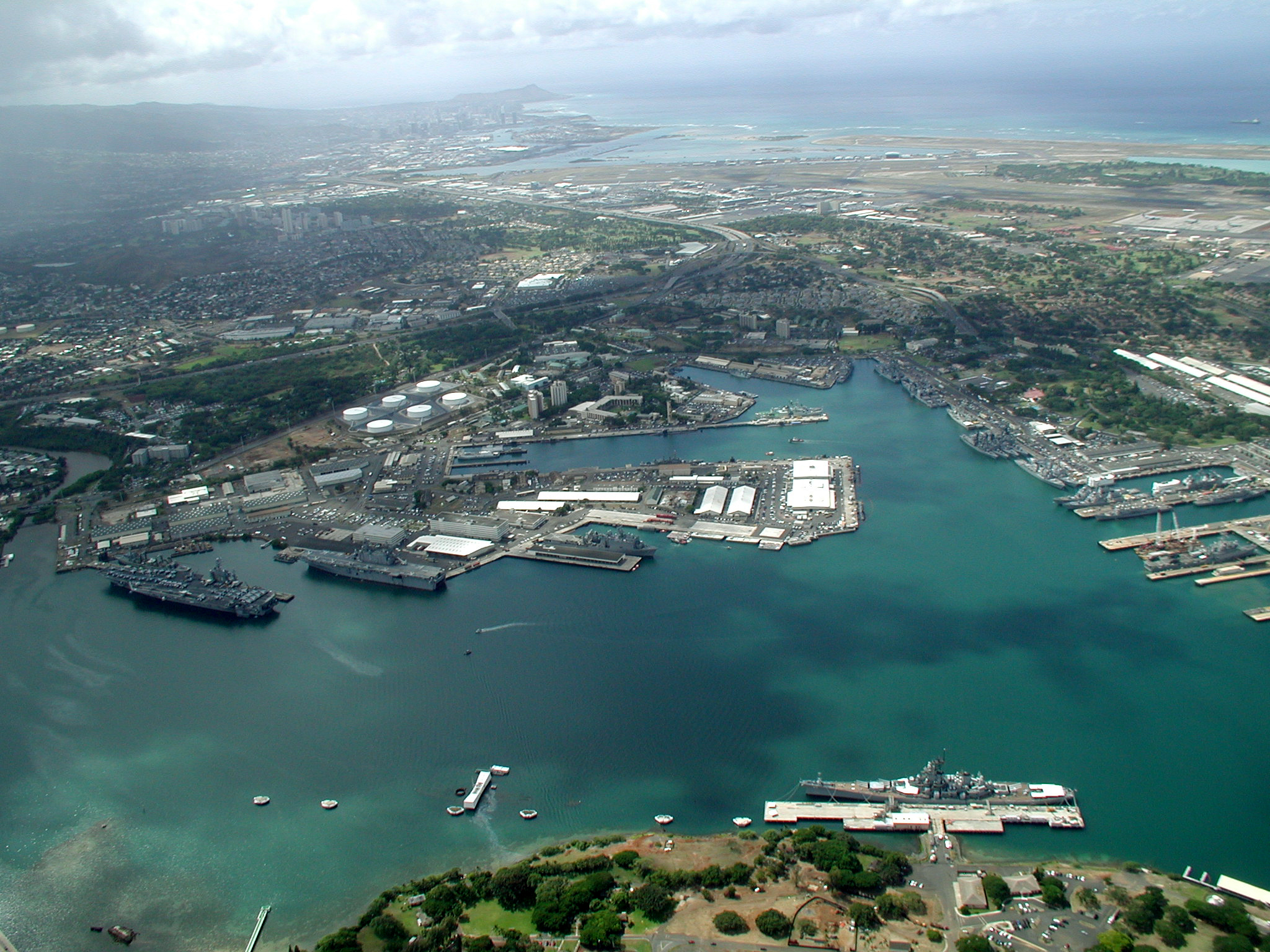This is part 1 of a 2-part article series on NATO and the Indo-Pacific. The second article will discuss the broader NATO-Indo-Pacific relationship.
What is the Hawai’i Gap
The North Atlantic Treaty Organization (NATO) was founded in 1949 as a mutual defense pact between the United States and 11 European countries. The Alliance has since expanded to 32 member states. Article 5 of NATO lays out the Alliance’s mutual defense clause, stating that an attack on one member state would be considered as an “armed attack against all members…”[i] Article 6 specifies the territorial pre-requisites for Article 5, excluding European and North American territories south of the Tropic of Cancer. Thus, Hawai’i, Puerto Rico, Guam, the Northern Mariana Islands, and the U.S. Virgin Islands are not covered by Article 5. Hawai’i, home to 1.44 million U.S. citizens, became the 50th state in 1959.
The Ambiguous Inclusion of Hawai’i
In 1965, Secretary of State Dean Rusk wrote that Hawai’i is included under Article 6 in practice, but its exclusion from the Charter is a “technicality.”[ii] In 2022, Secretary of State Anthony Blinken testified that an attack on any U.S. territory would “almost certainly” be included under the NATO umbrella.[iii] Article 6 allows the U.S. to “consult” with NATO allies if Hawai’i is attacked, but provides no official guarantee that Article 5 would apply.[iv]
Plugging the Gap
In July 2024, 75 years after NATO’s ratification, a bipartisan group of Senators wrote a letter to Secretary Blinken urging the State Department to push for the inclusion of Hawai’i. Since 1949, the Indo-Pacific has become increasingly more important to U.S. national security. They argue that the strategic alliance between the People’s Republic of China (PRC), Russia, Iran, and the Democratic People’s Republic of Korea has enabled those countries to break international norms and “advance authoritarianism.”[v] If a conflict were to break out, Hawai’i lies in the heart of the region. The Senators argue that “plugging the gap” would signal to potential adversaries and aggressors that an attack on Hawai’i would be an attack on NATO.
Echoing the disasters of Pearl Harbor in 1941, the Senators write that Hawai’i could once again be on the front lines of an attack against the U.S. and that inclusion into NATO would act as deterrence against Chinese, North Korean, or Russian aggression.
A Broader NATO-Indo-Pacific Relationship
There have been increasing calls for NATO to expand its presence in the Indo-Pacific. In a 2024 speech, NATO Secretary General Jens Stoltenberg stated, “NATO’s core business” is deterrence, followed by the war in Ukraine and strengthening global partnerships, especially in the Indo-Pacific.[vi] There is fear that Russia’s violations of the rules-based international order could encourage other actors, especially the PRC, to do the same. This view reflects how Russia’s invasion of Ukraine is not isolated to Europe. It has global implications. From this perspective, NATO and Indo-Pacific security interests are overlapping. The former Supreme Allied Commander of NATO, Admiral James Stavridis even suggested that NATO membership be expanded to Indo-Pacific countries, however, he did not explicitly mention Hawai’i.[vii]
As a DIME (diplomacy, information, military, economy) alliance, NATO’s deterrence capabilities are multifaceted. The combined GDP of member states is $39.6 trillion, and it consists of some of the most powerful economies in the world.[viii] A coordinated and multi-faceted deterrence approach in the Indo-Pacific could demonstrate to the PRC that a war with NATO would be too costly, as the Chinese economy depends substantially on exports to Europe.
Conclusion
There is lack of consensus among NATO member states about how to address the Hawai’i gap. While including Hawai’i could increase deterrence capabilities, many European countries are economically tied to the PRC, and linking their security to the Indo-Pacific seems too costly for some. However, even with the exclusion of Hawai’i from the mutual defense pact, an attack on U.S. soil could have severe effects on European defense capabilities. As the largest member and contributor to NATO, the U.S. would have to divert funds for European member states’ defense to focus on its own war efforts.
Despite not yet being willing to plug the gap, NATO is nevertheless shifting to the Indo-Pacific and strengthening its regional partnerships.
Citations:
[i] https://www.nato.int/cps/en/natohq/topics_110496.htm#:~:text=Article%205%20provides%20that%20if,to%20assist%20the%20Ally%20attacked. [ii] https://www.schatz.senate.gov/download/letter-to-blinken-on-nato-and-hawaii [iii] Ibid. [iv] Ibid. [v] Ibid. [vi] https://asiatimes.com/2024/07/nato-plug-the-us-indo-pacific-strategys-hawaii-gap/?fbclid=IwZXh0bgNhZW0CMTEAAR1hiyEDf2oI7_4en9zMF2_IAwc73yHLNqbrs4xTnKldqQz7K7DTlyPyvBM_aem_UJY79oScxf2pdqcuJrLFTw [vii] https://www.bloomberg.com/opinion/articles/2024-04-08/nato-should-expand-to-japan-australia-south-korea-new-zealand [viii] https://asiatimes.com/2024/07/nato-plug-the-us-indo-pacific-strategys-hawaii-gap/?fbclid=IwZXh0bgNhZW0CMTEAAR1hiyEDf2oI7_4en9zMF2_IAwc73yHLNqbrs4xTnKldqQz7K7DTlyPyvBM_aem_UJY79oScxf2pdqcuJrLFTw [viii] https://asiatimes.com/2024/07/nato-plug-the-us-indo-pacific-strategys-hawaii-gap/?fbclid=IwZXh0bgNhZW0CMTEAAR1hiyEDf2oI7_4en9zMF2_IAwc73yHLNqbrs4xTnKldqQz7K7DTlyPyvBM_aem_UJY79oScxf2pdqcuJrLFTw

Comments are closed